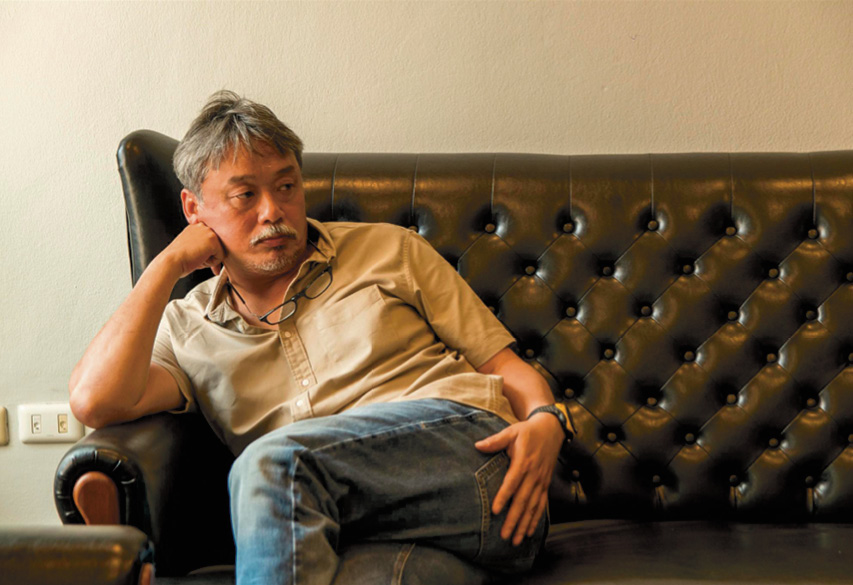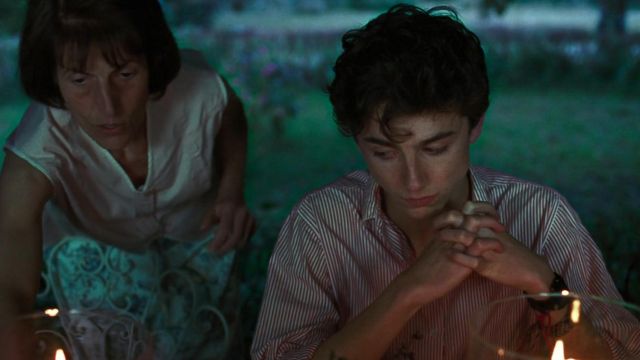A film editor is responsible for turning uncut footage from a film shoot into a finished, cohesive final project. Their duties include studying film scripts and using them to guide scene development, determining which camera angles to use and coordinating sound and visual effects in post-production. Film editors are a crucial part in forming meaning in the film. I will be taking inspiration from Sally Menke, who was a film editor that worked very closely with Quentin Tarantino, editing all his films until her death in 2010. She received a call saying she could edit ‘Reservoir Dogs’ and this is where their relationship began. Menke’s ‘style is to mimic, not homage, but it’s all about re-contextualising the film language to make it fresh within the new genre.’ Menke’s editing style is almost cartoonish. For example, in Kill Bill (2003/Volume 2, 2004) there is a lack of verisimilitude which creates a willing suspension of disbelief for the audience. Through the use of editing, Menke has been able to make sense of all the plots and sub plots in Tarantino’s work, they ‘developed a style of dialogue-driven, roving camera, slow-cut scenes interwoven with-fast cut action scenes’ this suggests the importance of teamwork, and how closely each specialist needs to work together.

source





![The Royal Tenenbaums – [FILMGRAB]](https://encrypted-tbn0.gstatic.com/images?q=tbn:ANd9GcRrEEEFyY1W8yCque3OoVA4g3xcuoeFukR2xOPy36ORq-ETtN7pXEqz0HoZCrwaswPEoP4:https://film-grab.com/wp-content/uploads/photo-gallery/10%2520(1175).jpg%3Fbwg%3D1547470139&usqp=CAU)
![Bottle Rocket – [FILMGRAB]](https://encrypted-tbn0.gstatic.com/images?q=tbn:ANd9GcTRWcDMaAq2zY5haMHp3pbN6zmDKFGCG3o_QtMu3ysV0AMJR5w5I08dDFK4nCQAgRI1Wz8:https://film-grab.com/wp-content/uploads/photo-gallery/thumb/44%2520(172).jpg%3Fbwg%3D1547151557&usqp=CAU)





![Call Me By Your Name – [FILMGRAB]](https://film-grab.com/wp-content/uploads/photo-gallery/thumb/callme054.jpg?bwg=1551282795)
![Call Me By Your Name – [FILMGRAB]](https://film-grab.com/wp-content/uploads/photo-gallery/callme032.jpg?bwg=1551282795)



![Call Me By Your Name – [FILMGRAB]](https://film-grab.com/wp-content/uploads/photo-gallery/thumb/callme065.jpg?bwg=1551282795)
